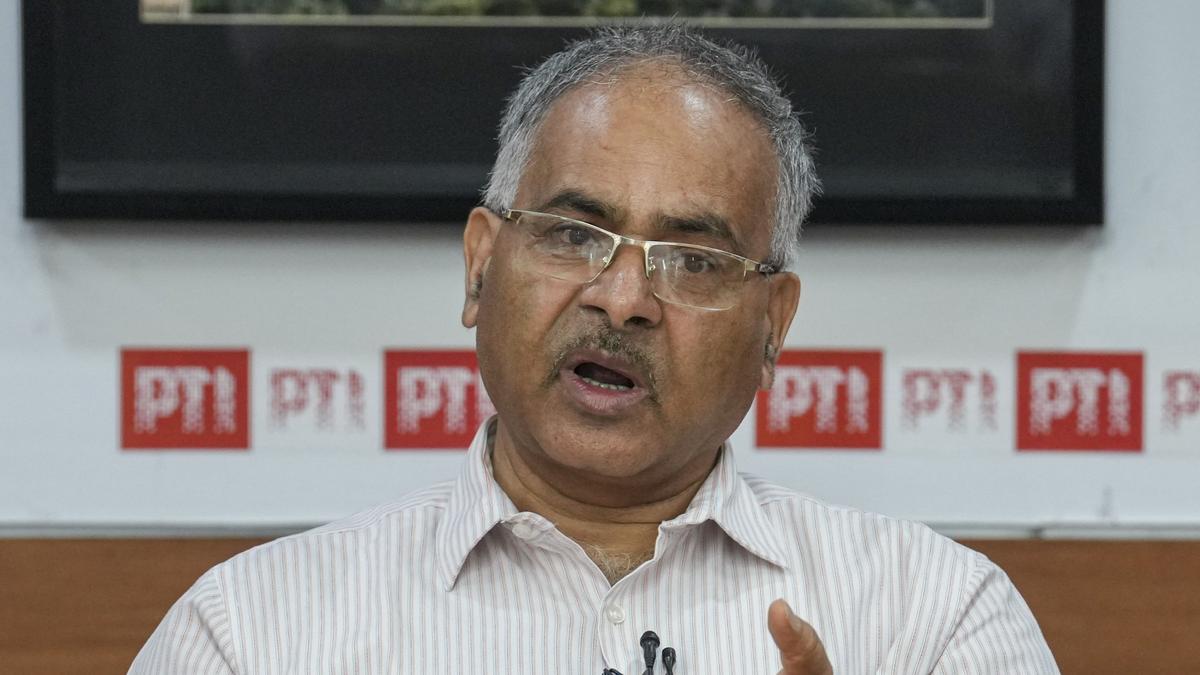
Changes in textbook on Ayodhya dispute as per SC order: NCERT chief
The Hindu
NCERT textbooks revised to align with Supreme Court verdict, emphasizing Ram Janmabhoomi Temple movement and avoiding controversial references.
Three months after the National Council of Educational Research and Training (NCERT) dropped references from multiple places of the Babri Masjid demolition and given added emphasis to the Ram Janmabhoomi Temple movement in its Class 12 political science textbook, NCERT Director Dinesh Saklani said changes were made by experts as books did not want to create “violent, depressed” citizens.
Mr. Saklani said he was not directly involved in making the changes and that the experts did what they deemed fit as per ‘global practices,’ of screening for old text and revising it to new text.
He said the Babri Masjid reference removal was in line with the Supreme Court verdict. The latest edition of the textbook, that was introduced post the changes were announced three months ago, does not refer to the Babri Masjid by its name and calls it a ‘three domed structure.’ “The experts took a call on what to call it or what not to call it,” Mr. Saklani said.
He defended the change by saying that NCERT book was a ‘small book,’ and if some student or anyone else was interested in researching the topic further they could ‘read about it from elsewhere.’ “We cannot stop people who are curious from reading and researching,” he added.
In chapter 8, ‘Recent Developments in Indian Politics,’ of Class 12 political science textbook, the existing version on Page 136 reads — What is the legacy of the Ram Janambhoomi movement and the Ayodhya demolition for the nature of political mobilisation?, this sentence in the revised textbooks will read — What is the legacy of the Ram Janmabhoomi movement?
The NCERT said the change was being made ‘to bring the initial questions in synchronisation with internal latest changes made in the chapter.’
On dropping the reference to Babri Masjid demolition, in the same chapter, on page 139, the existing version reads, “Fourth, a number of events culminated in the demolition of the disputed structure at Ayodhya (known as Babri Masjid) in December 1992. This event symbolised and triggered various changes in the politics of the country and intensified debates about the nature of Indian nationalism and secularism. These developments are associated with the rise of the BJP and the politics of ‘Hindutva’.”











